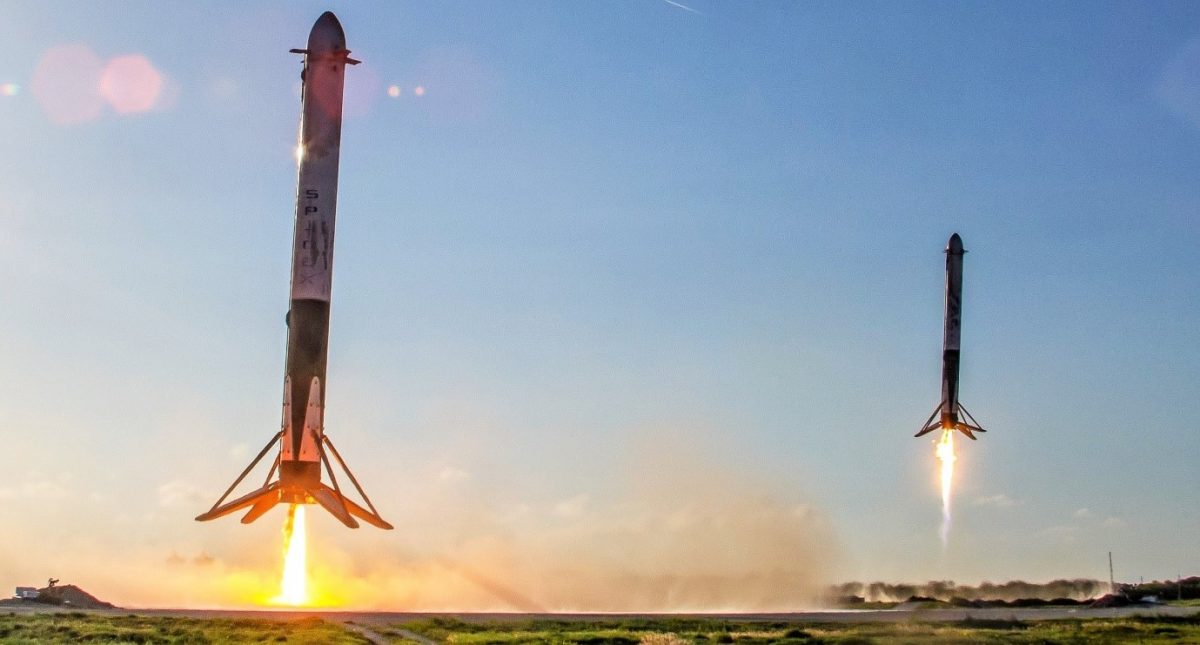Can Starlink Revolutionise Internet Access?
31st May 2022
Starlink is a massive satellite internet network developed by the company SpaceX, more famous for its growing range of futuristic-looking rockets. According to SpaceX founder Elon Musk, Starlink plans to enable broadband internet access in every geographical location on earth where it is “legally allowed to serve.”
Over the past three years or so, more than 2,300 Starlink satellites have been lifted into space by SpaceX vehicles, creating a vast new constellation in low-Earth orbit. Musk envisions more than 40,000 Starlink satellites humming away in space over the next few years. What makes Starlink stand out from other companies building broadband satellite networks is the sheer number of satellites that SpaceX is lifting into orbit for Starlink. No one else goes more than the high hundreds.
Starlink reportedly has more than 400K customers already, and thousands more are signing up every day, despite requiring a satellite dish to connect. Starlink already operates in more than 30 countries.
Remote and relatively underdeveloped regions of the world are set to benefit. Just last week, Starlink access has been approved in Nigeria and Mozambique. According to the Starlink website, only 9 countries around the world are not expected to see Starlink connectivity “soon.” The reasons are mainly political, as not every regime in the world wants an American company beaming satellite internet into its territory.
Despite the potential of Starlink to completely transform internet access around the world, entrenched players are, understandably, not always happy. In Australia, the National Broadband Network operator has warned that Starlink is threatening the viability of the NBN. The arrival of Starlink has complicated NBN’s moves to raise prices for its service, as indicated by a proposal submitted with the Australian Competition and Consumer Commission (ACCC). Currently, excluding the cost of the satellite dish, the Starlink service costs roughly the same as most NBN offerings. But over the next year or two, Starlink is expected to get much cheaper as more people sign up and more satellites become operational.
So far, regional Australians and outback enthusiasts are most excited.
Another group unhappy with Starlink is the world’s astronomy community. Tens of thousands of satellites are not good when it comes to a clear view of the sky for Earth-based telescopes.
But complaints from existing broadband providers or astronomers is the least of Starlink’s potential problems. A much bigger threat is the alarm that Starlink’s gigantic satellite network and reach is causing in some of the most powerful countries on Earth. According to reports in April this year, China’s government is being advised by its military that Starlink poses a potent threat to the country’s national security if it is commandeered by a foreign military (translation: the Pentagon.) China may deflect the threat by building weapons capable of disabling the entire Starlink network.
At the very least, China is expected to build the capability to carry out constant surveillance of Starlink, and take down at least parts of the satellite network.
The standout strength of Starlink – that it is a decentralised system – is also the most worrying aspect of Starlink for America’s adversaries, as it creates a highly resilient network.

As with so much else that Musk – currently the world’s richest man – does, his Mars colonisation vision remains right at the heart of Starlink. “Once we take people to Mars, they’re going to need a capability to communicate,” Musk said when he founded Starlink. The satellite network is understood to be one way for Musk to raise the enormous funding needed for his Mars vision.
Starlink plans to place satellites between Earth and Mars to enable broadband internet connections to increase communication capabilities with Starship, the world’s tallest rocket and a fully-reusable, low-cost spacecraft.
Musk’s Mars vision remains a bit out-of-this-world for many people not used to interplanetary ambitions, but Starlink is definitely evolving into the most exciting development in broadband internet access in decades.
At MyTreasur-e, we keenly track social, economic, and financial trends that can impact our customers. Our passion for anticipating and managing risk in all its forms is what accounts for our customers’ satisfaction with our cutting-edge treasury and risk management solution.

